‘We will take you on a journey through the unpleasant flavours of Salento'.
There you have it: we didn't write a line when, a little less than a year and a half ago, an American blogger discovered that Bros in Lecce is not the typical trattoria with a cooking grandmother that she may have coveted, and so she came down hard, from the height of her unknown expertise. We did not write a line because we had already expressed our opinion on Bros far and wide, over the years, for example here and here and here, so what was there to add? We’re not big fans of clickbait polemics. But when listening to the words we quoted at the beginning, pronounced by maître-sommelier Rubén Pérez Jiménez, what was already evident becomes even more logical and obvious: Bros is not a place for everyone. I’m not saying that it presupposes possessing a trained palate. Because, after all, who decides when a palate is 'trained'? It certainly requires the diner to be willing to be different, to be surprised, and to overcome gastronomic prejudices, which often have the deepest roots. Isabella Potì and Floriano Pellegrino make food culture by drawing on tradition while giving it a trendy-eccentric-provocative image and thus causing a short-circuit. They appear glossy and globalised though their menu is written in dialect; they’re metropolitan but have a trattoria in Scorrano, they’re contemporary but look to the past, to the recovery of forgotten products and processes. An original glocal approach, a kind of Salento cosmopolitanism that is a gem to be preserved.

The support of Limoniamo, a sort of post-dessert, simply a citrus sorbet but one that has caused controversy, is enjoyed directly from the lips - in a cast, of course - of Isabella or Floriano
In fact, even this declaration of intent is a purely amusing provocation; there is nothing unpleasant about it. On the contrary, there is the confirmation of a highly technical and equally philological cuisine, in which gastronomic roots are transposed into absolute modernity with a creative, fertile and ambitious operation, consistent over time, not at all demonstrative but rather passionate and sincere as well as well developed. Of a cuisine, in short, that is exciting for the mind and even more so for the palate, because the palate always comes first, or else we would get lost in endless storytelling even when there is a vast and structured concept behind it, as in this case.
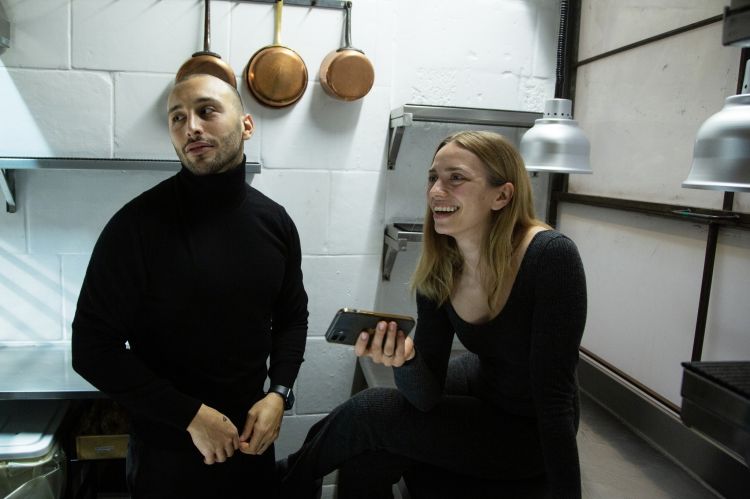
Floriano Pellegrino and Isabella Potì
The succession of dishes is like a whirlwind of surprises:
Cannolicchio, scapece has enormous aromatic intensity played between fat and acid;
Cepuddha, ribes is the new version of a long seller that varies with the seasons and the years without losing its harmonic identity;
Gambero fritto stages a beautiful game of deconstruction-construction that improves the original, a bit like
Ferran Adrià's spherified olive, that is, that finds meaning not only in the technique but in the consequent enhancement of flavours, the improving processing;
'Ranu, burru ranciditu, core de tunnu is masterful in its fat-acid, sweet-savoury, crunchy-soft, toasted-ferrous, rancid- lactic balance;
Sangu, vincottu amazes for the fine play of textures-temperatures, and is delicious too.
Some things work less well (in Culeu, recotta scante there is a distinct excess of savouriness, which we also found, less markedly but still borderline, in Agnello, alghe; in Animella xo it is precisely the cooking of the sweetbread that does not convince us at all, i.e. its chewy texture. And the soft bread shell in which it is enclosed appears too thick). However, beyond the individual dishes - most are highly praiseworthy, others less so - it is the overall experience that works, in the well-reasoned sequence (a more intense dish followed by a more delicate one, e.g. Sangu, vincottu/'Nsalata 'vanzata or Culeu, recotta scante/Maranciana, ciceru, limone mutu maturu), in the constant attention to textures, temperatures and aromatic counterpoints, in the complexity tout court.
Good in the mouth, good in the brain.
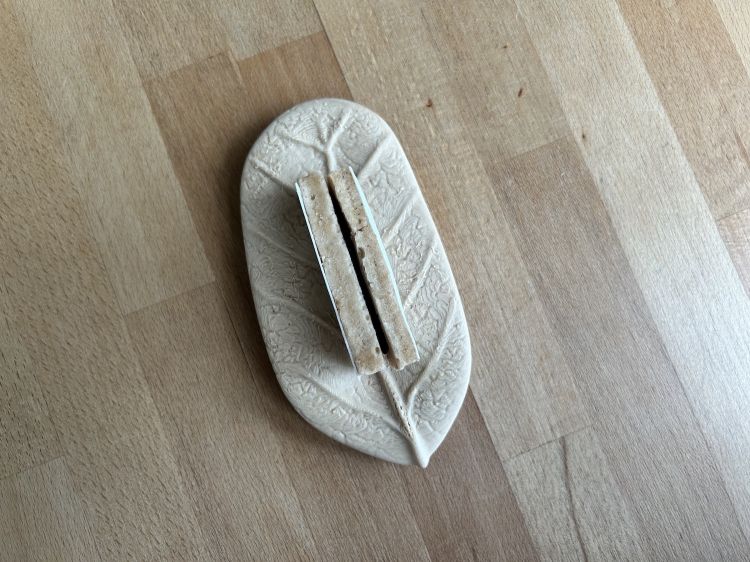
Tamarind: frozen tamarind meringue Amber acidity
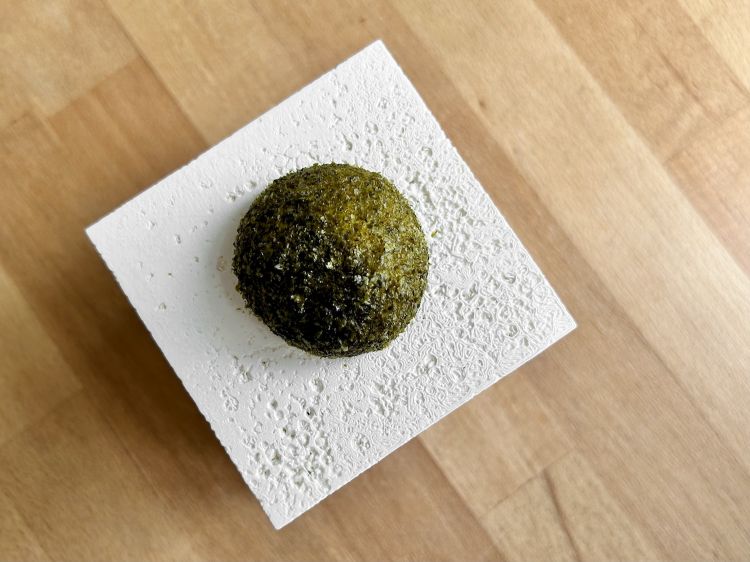
Old mozzarella, nori seaweed: 'When you forget mozzarella in the fridge, after a couple of days, it takes on a certain acidity...'. It is a cream of old mozzarella covered with nori seaweed powder
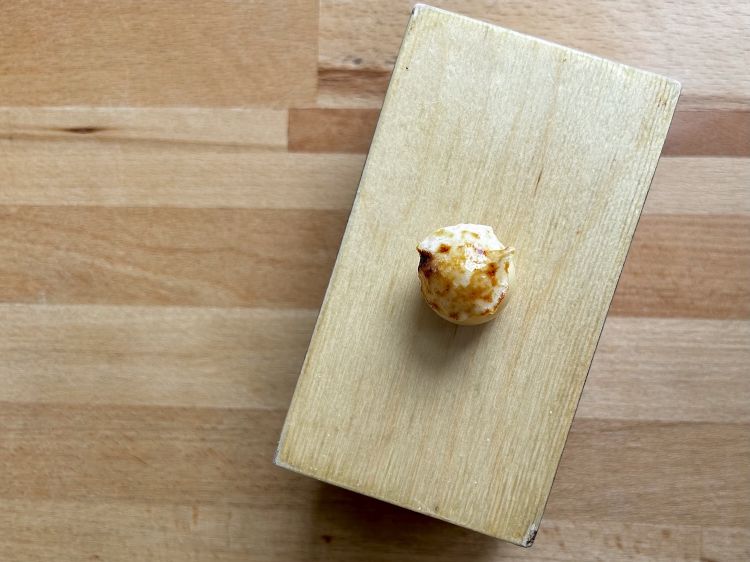
Eu, mushrooms: quail egg, eye bean garum (barley is used as a starter), Scorrano mushrooms picked by Floriano's uncle
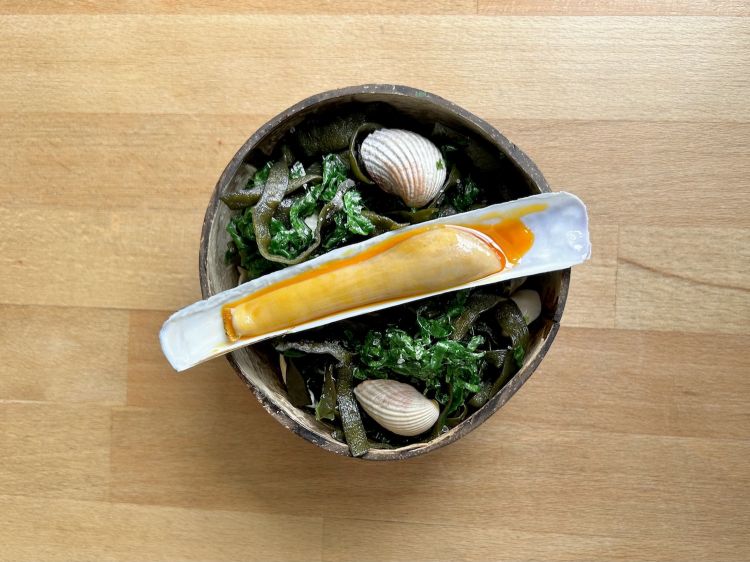
Cannolicchio, scapece: the concept of preserves, the reference is to Gallipoli’s scapece. So the cannolicchio is seasoned with its own scapece oil
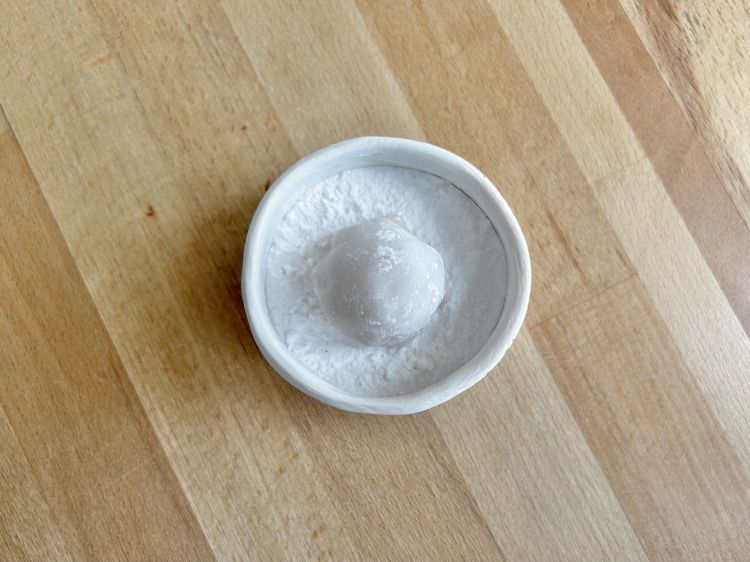
Sangu, vincottu: pig's blood mousse, served very cold (it warms and melts in the mouth), vincotto, a mochi-like dough to enclose it all
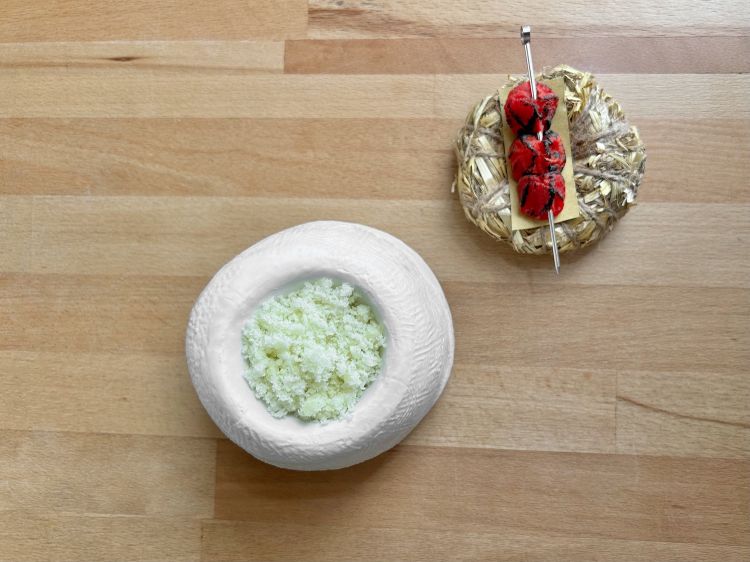
'Nsalata 'vanzata: leftover salad in granita (lettuce, chicory, cucumarazzi...), a sort of vinaigrette dressing. Cherry tomatoes wilted, roasted and served on the side
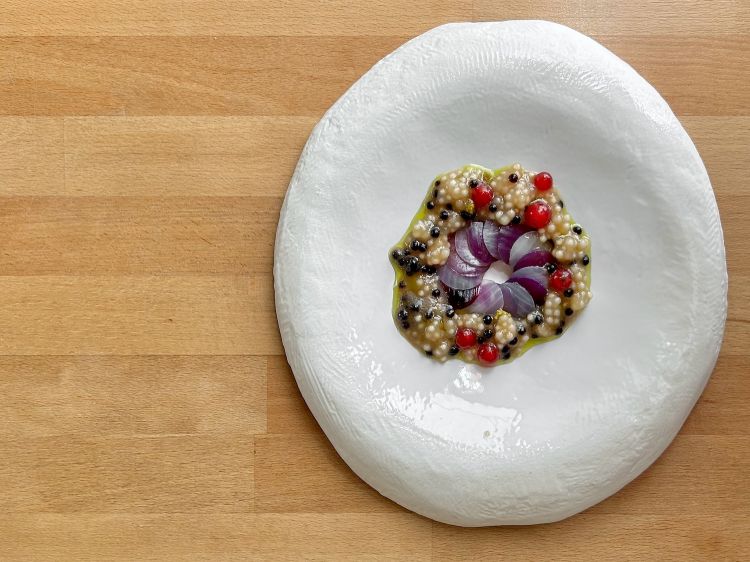
Cepuddha, currants: once again, preserves take centre stage. Cannara onions, tapioca, balsamic vinegar, currants preserved in alcohol and caroselle, the flowers of wild fennel
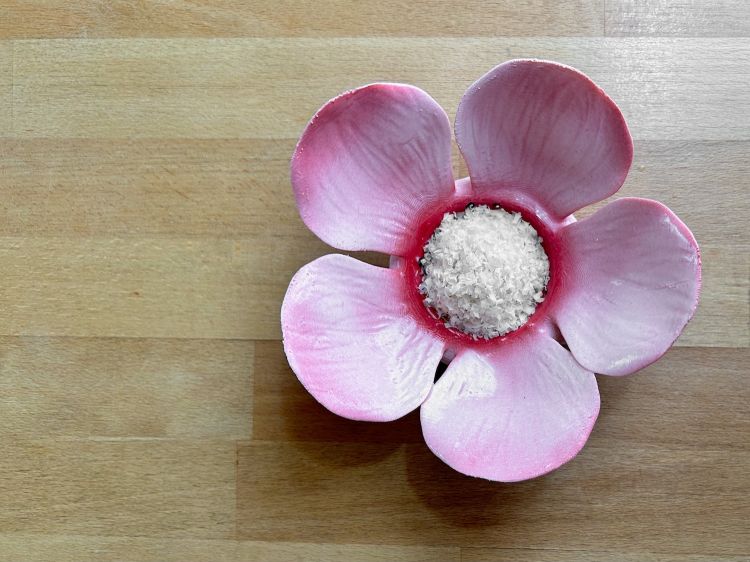
Mendula, rizzi: a game of texture with grated almonds, marinated egg yolk, sea urchins and canned cucumarazzo
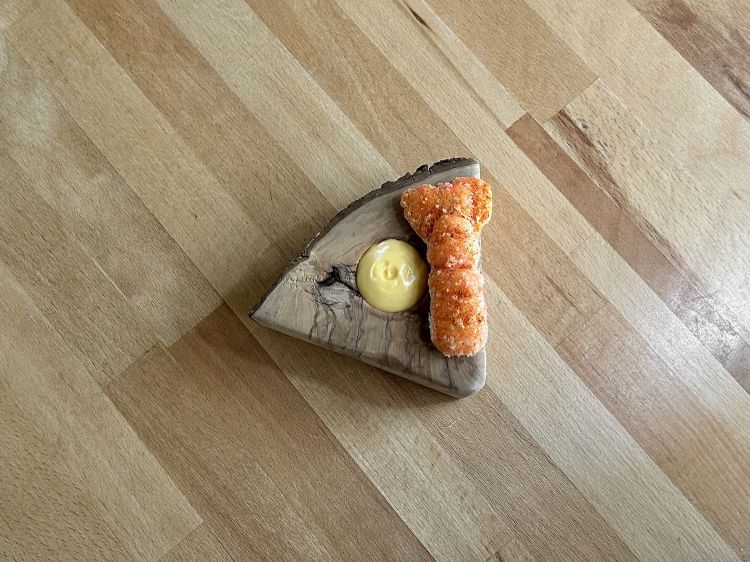
Fried prawn: shrimp tartare reassembled and fried, spiced on the outside, buttercream whipped with the bottom of the carapaces
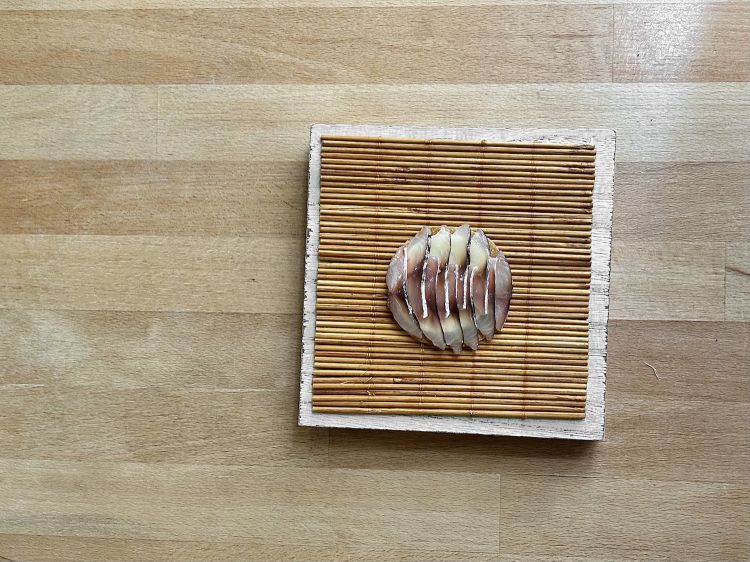
Culeu, recotta scante: mackerel matured for two hours and ricotta scante, i.e. fermented
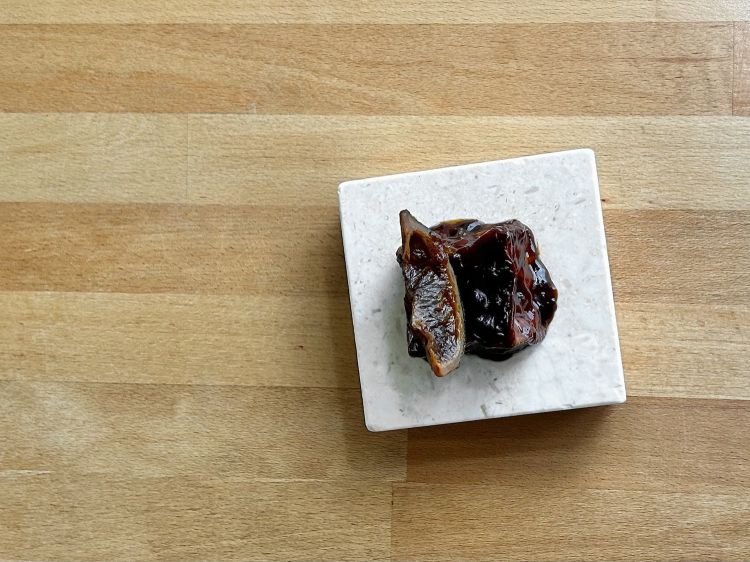
Maranciana, ciceru, lemon mutu maturu: aubergine glazed with reduced chickpea sauce, black lemon. Vegetable textures
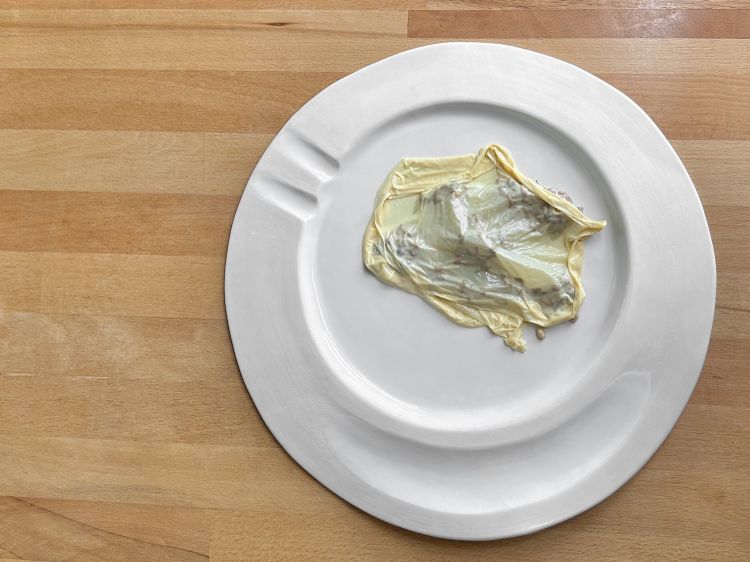
Ranu, burru ranciditu, core de tunnu: crispy wheat, rancid butter, tuna heart roe. Paired with a whisky sour infused with rancid fat
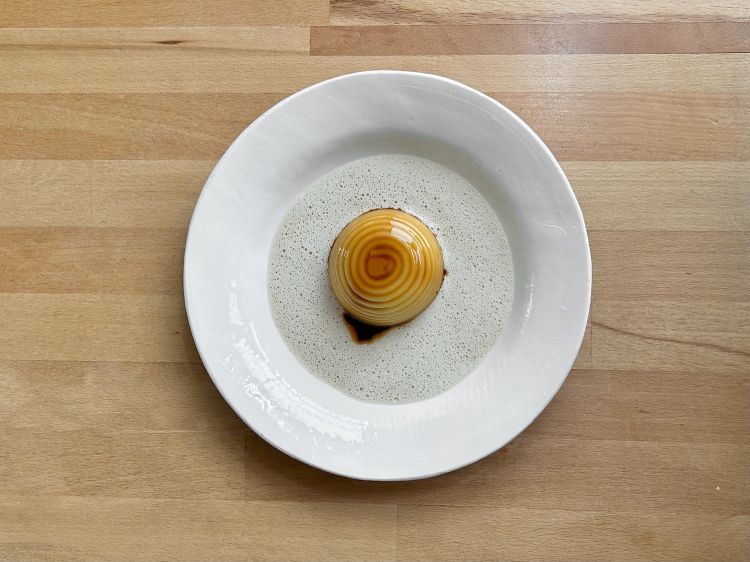
Timballu, papara, mieru spuntu: timbale of pasta, duck tartare and mieru spuntu, 'wine that tastes like spuntu', i.e. gone bad, but without the acetic fermentation having yet started
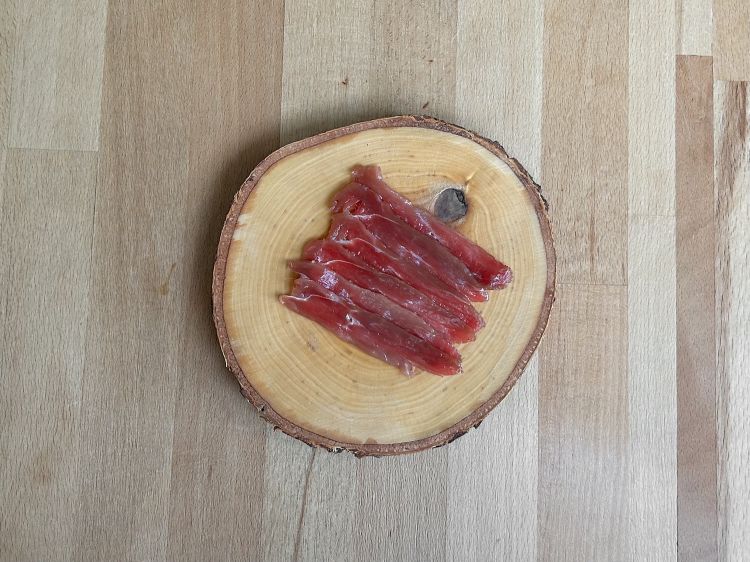
Separately, the duck itself processed like a sausage: pure product
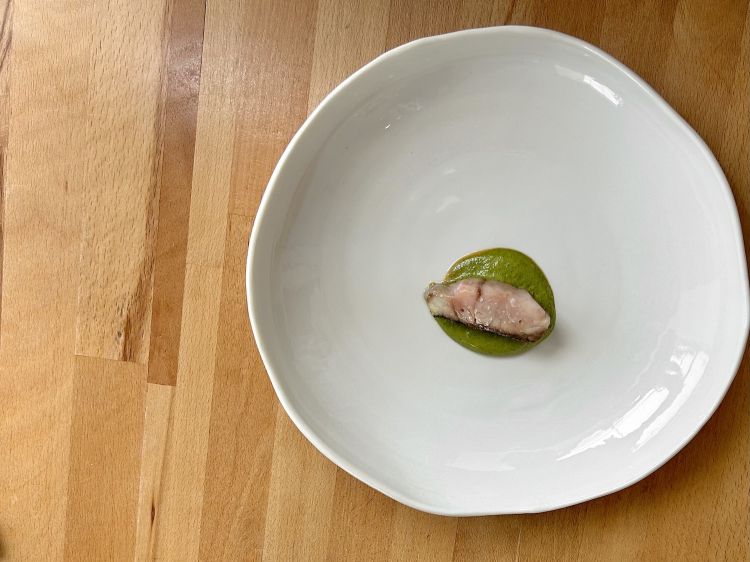
Pisce, lardu di alici, spunzale: ombrine with yakitori, pork sauce, herbs
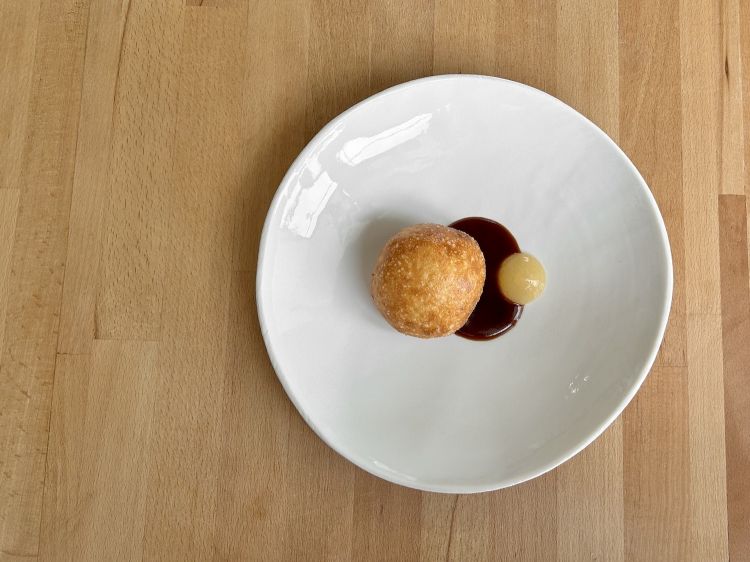
Animella xo: fried sweetbread inside steamed and then fried bread, xo sauce (an oriental, spicy sauce made from fish and shellfish), sour pear gel
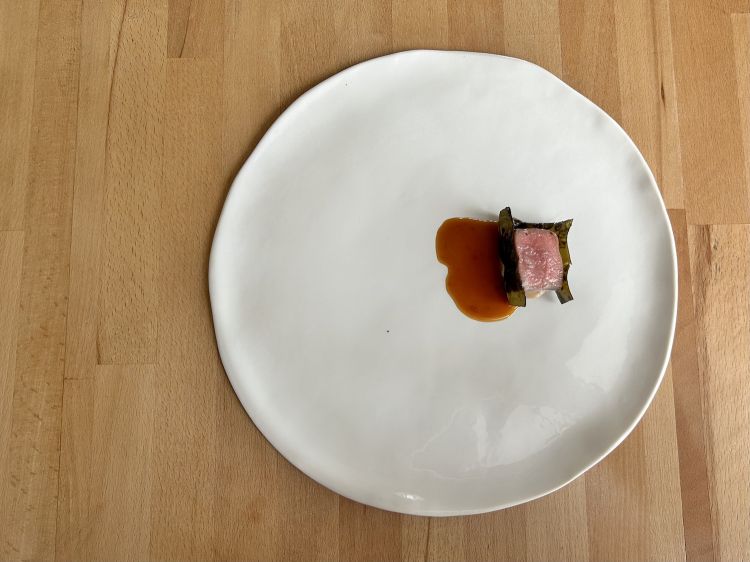
Lamb, seaweed: lamb, kombu, hazelnut sauce, lemon bottom
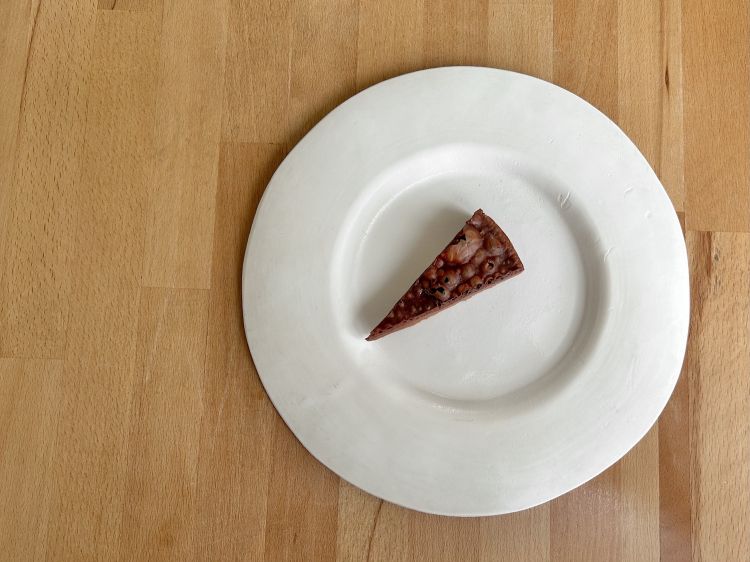
Chocolate, black banana, pushed ripening. It is a kind of cake
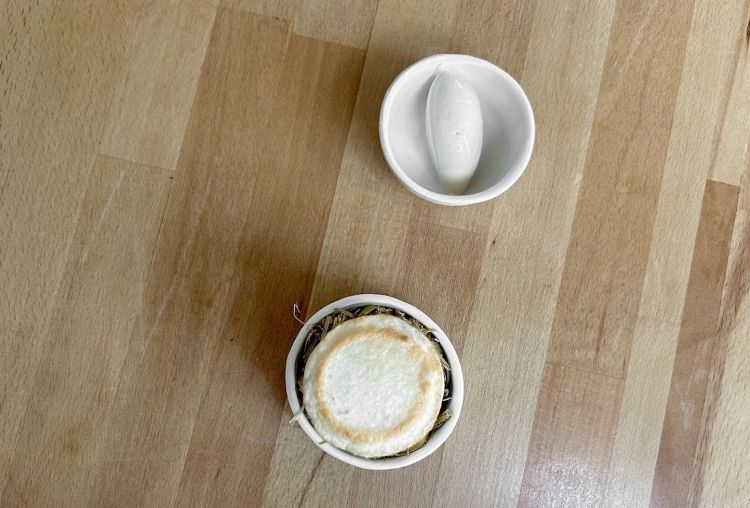
Chocolate, black banana, second act: lemon black banana soufflé, green banana sorbet
Translated into English by Slawka G. Scarso